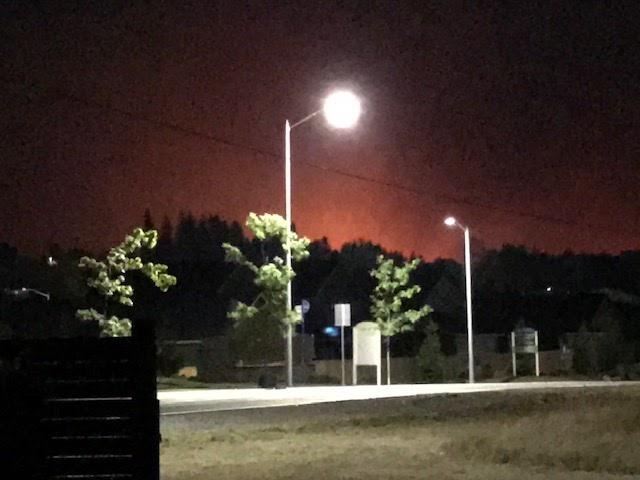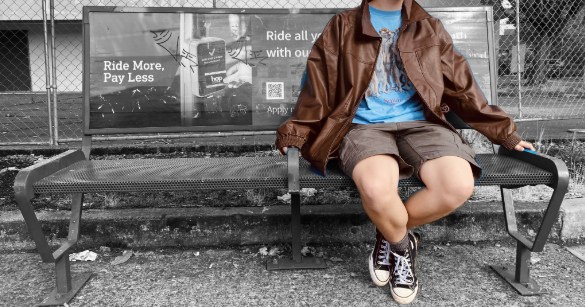In recent years, California has dealt with destructive fires every summer. This year, fires were also especially bad in Oregon and Washington. In Oregon, nine people were killed by the fires. 500,000 Oregonians had to evacuate, over ten percent of the population. That’s right, one in ten people in Oregon had to evacuate from their home. One in ten people had to decide what prized possessions to bring—and which to leave behind. And throughout the whole West
Coast, more than five million acres burned. The significant impact of the fires cannot be denied.
Many Portlanders’ main experience with the fires was the shocking amount of smoke that blew into Portland. For days, our air quality was categorized as ‘hazardous,’ the highest rating on the Air Quality Index. On September 10, Portland’s air quality was the worst air quality of any major city in the world.
Estacada, a small town 45 miles southeast of Portland, was hit hard by the fires. Eran Smith, a resident of Estacada, Oregon, was one of the many people who evacuated from their homes.
September 8 was the first day of school for Smith’s 8-year-old daughter. Because of COVID-19, she was doing online school, which is a big adjustment all by itself. After school, Smith and her daughter went and took a picture under the school sign to commemorate the special day, and then went out to get frozen yogurt. “We were sitting outside the yogurt shop, not very far away from the Clackamas River, and you could look up over it and see the bank of smoke clouds,” Smith said, and she remembers thinking, “Oh gosh, that’s sort of unsettling.” This was the first time the fires were on her radar, from a safety perspective.
That afternoon, their house was upgraded to a level 2 evacuation warning. Level one meant ‘be ready,’ level 2 meant ‘be set,’ and level 3 warned people to ‘leave immediately.’
Smith took her kids to her mom’s house in Sandy, farther away from the fires. While packing clothes and important documents, the gravity of the situation hit Smith; “This is dangerous, and really scary, and serious,” she realized.
Throughout the experience, she prioritized helping her kids feel safe, and having as little disruption to their routine as possible. They left that evening because Smith worried that if they waited, they would be upgraded to a level 3 evacuation in the middle of the night; waking kids up at 3am to leave their home has to be the scariest way to evacuate. “There’s two young children here, and you don’t want to make it really scary for them,” she said.
Her husband joined them in Sandy the next day. Before leaving, he prepared their house for the possibility of the fire reaching it. “He walked around and watered things as much as he could, and tried to move combustible items away from […] the house.”
While evacuated, Smith worried about the possibility of her house burning down. It was farther from the fire than other parts of Estacada, which helped her feel more secure. However, as a result of the weather conditions, the fire was very hard to get under control, which was not comforting.
In total, Smith and her family were evacuated from their house for a whole week. Their house was completely fine and they were all safe. They were very fortunate to be able to stay with family. As a result, their evacuation was affected very little by COVID-19. After returning home, Harper went back to school. She only got one day in school before it was cancelled for two weeks by the wildfires.
Smith and her family are now all back to their normal routine. September was a stressful time, and it’s a relief for them to be back to normal life. Smith feels that her kids experienced as little disruption as possible given the dangerous situation. She’s thankful that when her kids remember this time, “they’ll just remember the week they got to stay at Grandma’s.”


































